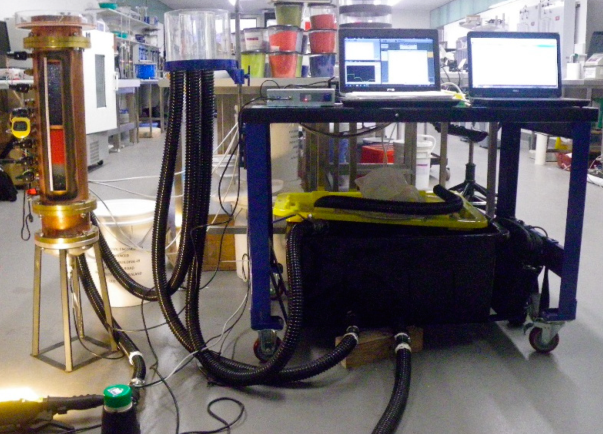
Prologue
The International Society for Electromagnetic Aquametry (ISEMA) is an informal association of scientists and engineers from academia, industry, and government who are bound together by their common interest in the theory, technology, and practical application of RF and microwave measurements of water content in a wide range of materials.
ISEMA members have organized the biennial conference series “International Conference on Electromagnetic Interaction with Water and Moist Substances” starting with the first ISEMA conference held during the IEEE MTT-S Symposium organized by Dr. A. Kraszewski in 1993 in Atlanta, Georgia, USA.

Vision
One of the aims of ISEMA is to support the cooperation of scientists and users of material and moisture measurements by using microwave and dielectric measuring methods in a wide frequency spectrum.
Since the beginning of the biennial conferences, the International Society for Electromagnetic Aquametry (ISEMA), which consists of like-minded engineers and scientists along with interested industry and government partners who are continually looking for ways to further develop the use, in both theoretical and practical applications, of radio frequencies and microwave measurements in relation to moisture measurement in a wide spectrum of materials and organisms.
Practical Objectives

Quantitative measurements of water content in materials are important from an economic point of view. Since water occurs in most materials in nature as a natural component of the material or is introduced during technological processes, it is quite obvious that measurement and control of moisture content continue to be of great economic and technical importance. The domination of practical aims over cognitive purposes influenced the development of microwave aquametry in the past and also had a serious impact on its present state. Typical non-destructive techniques for determining moisture content in the material consist of measuring the electrical properties of the material in a sample holder and then correlating these properties to determine the moisture content. The great potential for savings in fuel, energy and manpower combined with an improvement in the quality of the end product, from the application of moisture content measurement and control, have created a powerful incentive for research and equipment development all over the world.

How it all began
The first meeting devoted to the exchange of ideas on the subject took place in 1980. In the late eighties professional meetings took place more frequently and a tradition of annual meetings (Feuchtetage) was established in Germany. Later another meeting of more international character was established, namely the IEEE International Microwave Symposium Workshop on Electromagnetic Wave Interaction with Water and Moist Substances and recently as the International Conferences on Electromagnetic Wave Interaction with Water and Moist Substances, organized by ISEMA.
